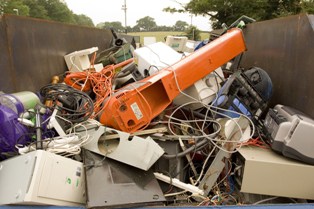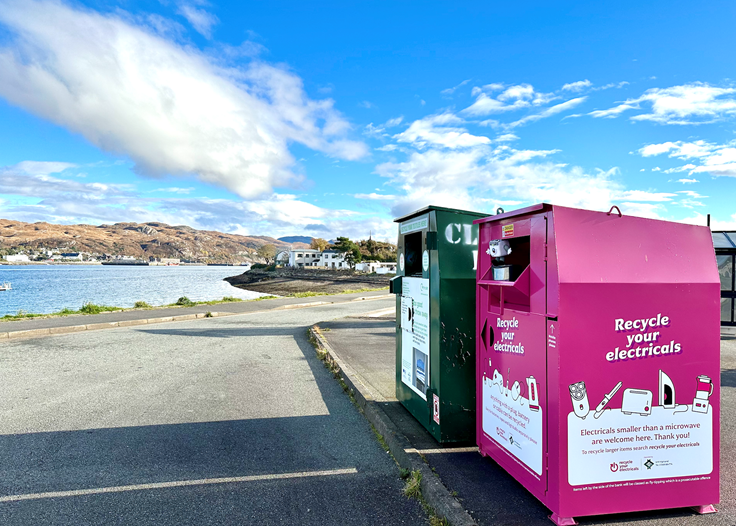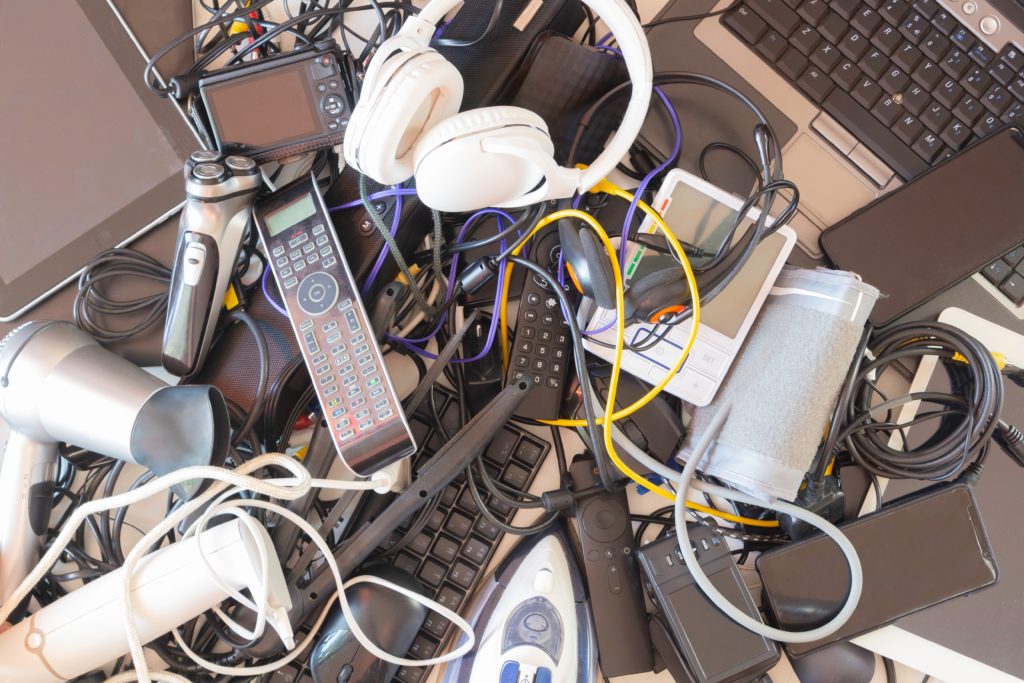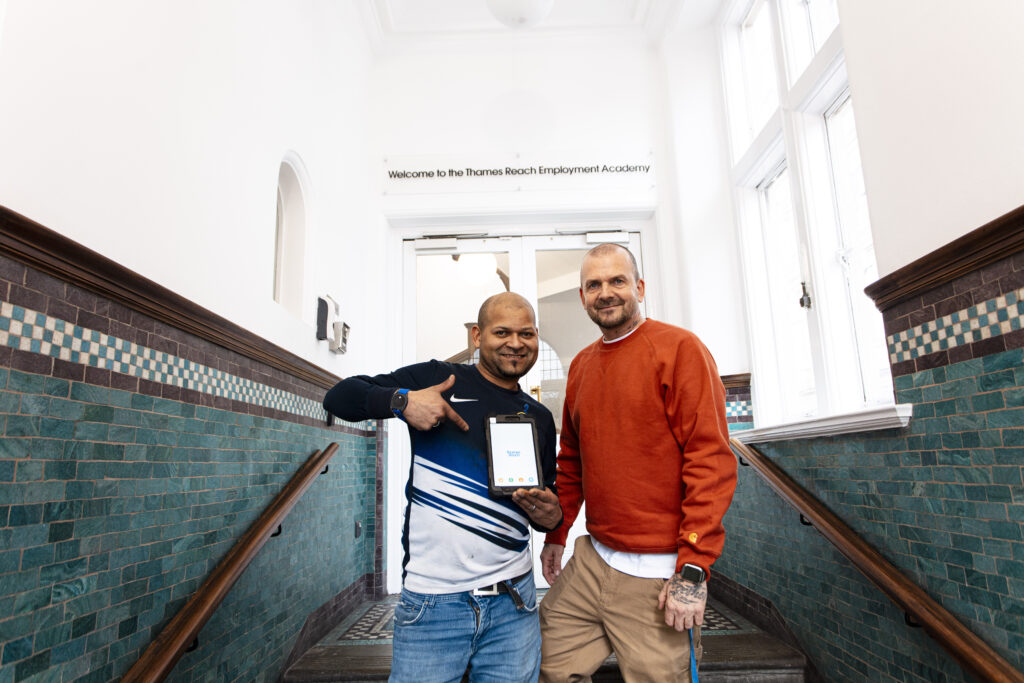The Environment Agency has released new guidance to ensure that waste electrical and electronic equipment (WEEE) from businesses cannot be wrongly classified as household WEEE.
Responding to concerns from producer compliance schemes that large amounts of business-to-business (B2B) WEEE were being recorded as business-to-consumer (B2C) WEEE, the Agency issued guidance last Friday (April 14) for operators of approved authorised treatment facilities (AATFs).

Under WEEE regulations, it is possible to classify electrical waste as WEEE from private households if it comes from a commercial, industrial, institutional or other source and is of a similar nature and quantity to that which would be found in private households.
Criteria
According to the Agency, electrical items that might meet the nature criteria and can properly be considered WEEE from private households include domestic refrigerators, kettles, gas discharge lamps and desktop computers.
The new guidelines state that if a business is disposing of any material that could be determined as consumer WEEE, the quantity of the waste will determine how it is classified.
The guidelines state: A private household will likely only have one or two domestic refrigerators both of which could be disposed of on one occasion but more likely individually over a number of years, so a business disposing of more than this number and with any more frequency than a private household is unlikely to be to be able to justify that the refrigerators should be classed as B2C WEEE.
The Agency has also stipulated that it is not acceptable for businesses to dispose of WEEE in small lots in order to pass on their obligation into B2C WEEE.
Monitor
WEEE recyclers will also be responsible for producing an audit trail to justify the classification of B2B WEEE as B2C and the Agency has said that it will monitor the levels of B2C evidence generated.
Recycling rates for B2B WEEE have been traditionally much lower than those for B2C WEEE, and data published by the Environment Agency last month showed that the recorded collection rate for non household WEEE in 2011 was just 5.4% of the total amount of non-household EEE placed on to the market (see letsrecycle.com story).
Related Links
Incorrect classification of WEEE at recycling facilities is thought to be one reason that the recycling rate is significantly lower for B2B WEEE, although compliance schemes for the non-household WEEE sector have argued that there is also a large amount of WEEE that is recycled or reused that does not enter the WEEE system (see letsrecycle.com story).










Subscribe for free